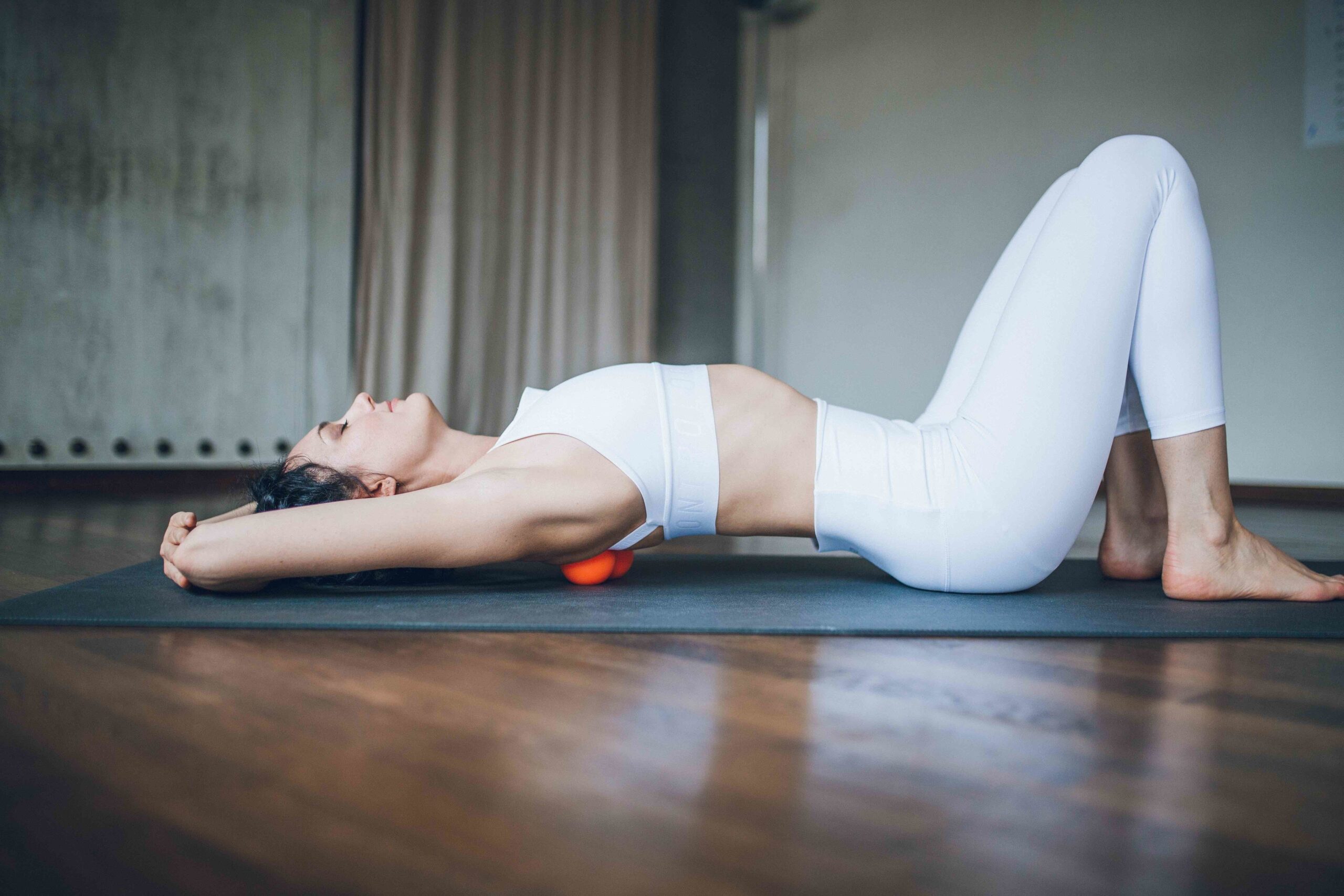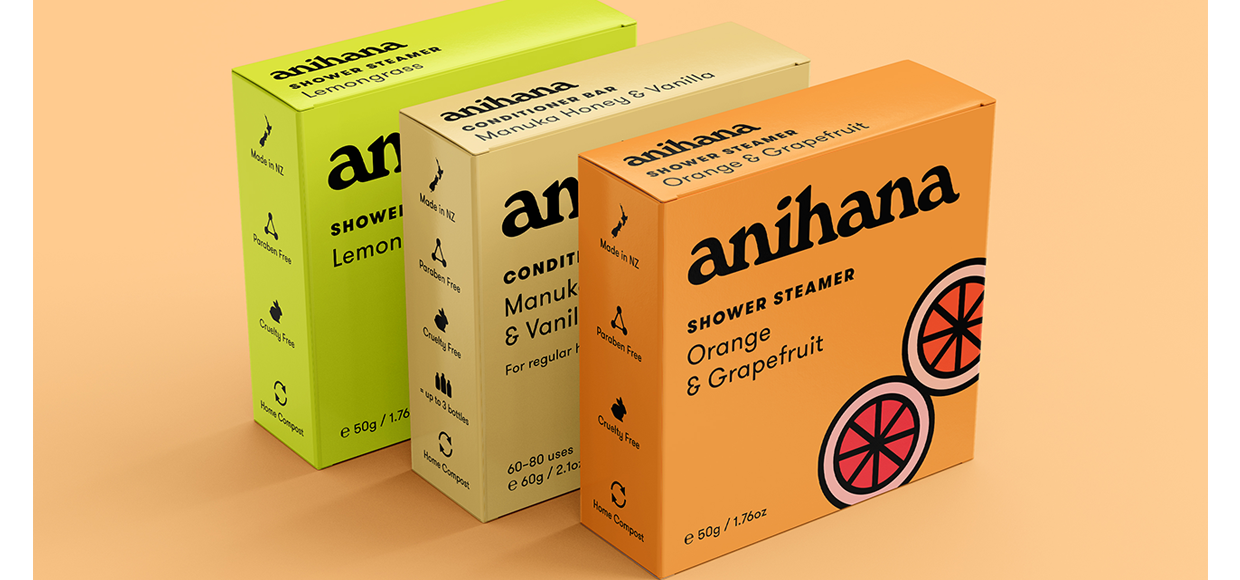Understanding fascia is important for a healthy, tension-free body. Here are some facts and practical myofascial release techniques that can help you tune up your body to move and feel better.
First of all, what is fascia?
Fascia is a fibrous connective tissue inside the body. You can think of it as a sheath of biological fabric that organises structures of the body into cells, cells into groups of cells, then further into muscular threads, muscle tissue bundles, muscles, groups of muscles and so on.
A combination of connective tissue and muscle is usually called myofascia. In reality, muscle and fascia are almost inseparable unless we cut them apart with a scalpel, so throughout this article I will use the word fascia to describe that biological fabric that includes muscular tissue as well.
Recently, science has provided us with tools that allow us to see the movement of fascia of a live human under the microscope, and it is a fascinating sight.
To visualise how fascia looks and moves, imagine a delicate yet strong spider web. The gaps in the threads are filled with jelly-like, collagenous liquid instead of air. When you pull on one end of this web, the whole structure moves, and the watery threads constantly re-organise themselves to sustain the pull and the pressure.
If you have a good imagination, you are very close to understanding fascia and the way it works. This three-dimensional connective tissue is present throughout the entire body, underlying the skin, surrounding our muscles, nerves, organs, blood vessels and bones. Research suggests that fascia even surrounds our cells. All the structural elements of the body are held together and in place by fascia.
As this three-dimensional tissue is present throughout the whole body, it can be both superficial and deep. As latest research shows, fascia can contract, relax and even move on its own. And – very good news indeed – fascia is extremely flexible and adaptable, and can restructure and regenerate itself when damaged, however it is a slow process that sometimes needs a bit of help from us.
Why do we sometimes feel tension in the body?
There can be many reasons for that, but let’s focus on what can happen in your fascia to trigger tension, tightness and discomfort. For example, when the body is experiencing physical trauma.
After we get hurt, we typically choose an extended period of rest or return to movement shortly after. This is a defining factor in what is going to happen to your fascia and how the injured area is going to heal and regenerate.
If we choose rest without movement, fascia around the injured area will still heal, however the pattern in which it reorganises cells and tissues is going to be erratic, messy and filled with adhesions, which could limit free movement for months or years to come.
If we choose movement – perhaps very gentle movement to start with – fascia will heal differently. It will remodel itself and arrange collagen fibres in a much more structured way and heal with fewer adhesions. This will create a foundation for a healthier muscular and connective tissue as well as freedom of movement around the site of injury (Jarvinen 2002).
Bear in mind that remodelling fascia is a very slow process and may take 6-24 months, so for best results, keep moving, go slow and be patient. Another thing to remember is that fascia, like muscle, responds to demand. Remodelling of the fascia is in fact happening all the time depending on the demand you put on it.
What can go wrong with fascia?
Fascia loves movement. When we don’t move, fascia forms adhesions. Those adhesions prevent the unobstructed sliding of fascia layers alongside each other making us feel tight and tense in our bodies and restricting freedom of movement.
So the first step towards healthy fascia is movement. Yoga is a great choice of movement practice for fascia health, but any movement that doesn’t put excessive strain on the body is better than being glued to that couch.
If you lead a sedentary lifestyle, over time it will create a domino effect of fascia changes. To give you an example, when one spot in the fascia gets injured or tight, it has an effect on the whole fascia structure. Like a ripple, it moves to a seemingly unrelated area. So, an issue that originates in the foot or toe can have an impact on lower back health.
When fascia is traumatised and we don’t move during the recovery process, it hardens and tightens. This in turn can lead to formation of fascia trigger points, and those can be painful.
When the body is dealing with pain, it creates a protection response. It is not a bad thing in itself, however if the pain is ongoing, the protection response will, over time, limit the blood and oxygen flow to the area, increasing the pain and the toxin build-up in the traumatised region. Signals of pain are delivered to the spinal cord. This makes the muscles around the injured
area contract so that the surrounding muscles are supported and protected.
When we don’t address this and this process is allowed to continue, this becomes a vicious circle as blood flow to the injured area with contracted muscles around it is still limited. More pain signals are sent to the spine, and the protection buffer of constricted muscles around the painful spot continues to grow.
What can you do about it?
Myofascial release techniques (MRT) and self-myofascial release (SMR) are designed to intervene with this vicious circle. These techniques address the trigger points, release tightness in muscular and connective tissue, and help fascia return to its natural state that is healthy, flexible, adaptable and fluid.
As an additional and very important benefit, MRT helps the body to distribute hydration all the way to the deepest tissues. Even if you do drink enough water, often the hydration doesn’t get distributed through the connective tissue evenly. When connective tissue (which fascia is a part of) is chronically dehydrated, the structure of it changes: it becomes less smooth and loses its natural lubrication. This has a negative effect on the muscles that are supposed to be able to glide along the fascia with ease.
Working on fascia is also beneficial for transforming some of the postural habits of the body that are not serving you. By manipulating the deepest tissues of the body, you can start to change those postural patterns so that along with a yoga (asana) practice, you can create a foundation for a really balanced body, complete with healthy connective tissue and an aligned, healthy physical “architecture”.
Myofascial release for the neck
· Benefits This technique helps to relieve pressure at the top of the neck, lengthening the muscles and connective tissue where they tend to get tight as a result of long periods sitting in front of the computer, commuting or driving.
This practice also helps to reduce the migraines and headaches that are
related to chronic tension in the upper neck and around the occipital ridge.

· Practise Lie on your back and place the double myofascial release balls under the top of your neck, at the border with the occipital ridge of your skull. Hold on to the myofascial release balls so that they stay in place, gently nod your head and try to locate the tight spots. Onceyou have found them, draw the chin towards the chest to enable the myofascial release balls to work deeper on the muscle and fascia of that region. Then slightly tilt your head from side to side, moving the weight of your head from one ball to the other.
Myofascial release for the thoracic spine
· Benefits MRT for the thoracic spine (chest region of your back) is a great way to access the area of your spine that frequently gets tight from the lack of movement and in response to extended periods of sitting in front of your computer. One more reason to use MRT in the thoracic region is to offer your rhomboid muscles (that you use a lot in yoga) a much-needed deep tissue massage. Lastly, MRT in this part of your body helps you mobilise the shoulders and shoulder blades.

· Practise Lie on your back and slide the double myofascial release balls under the back of your heart. Adjust the right and the left side of the myofascial release balls so that they are on the same level. To take the practice deeper, give yourself a hug, stacking elbows one over the other and placing hands on opposite shoulder cuffs. Roll a few centimetres up and down your spine and try to relax the area you’re working with instead of tightening up. Switch arms, placing the opposite elbow on top.
Myofascial release for the sacrum
· Benefits This SMR exercise helps to release tightness and tension in sacrum and lower back. It is also a balancing practice for the muscles and fascia supporting your sacroiliac (SI) joint.

· Practise Lying down on your back, place the myofascial release balls under your sacrum. Gently move up and down, trying to locate the tighter spots around the SI area. Once you’ve found a sweet spot, stay there for a minute or two. If it becomes easy, lift your feet off the mat and pull the knees towards the chest, increasing the pressure on the points where the myofascial release balls are in contact with your body.
What you’ll need
For these practices you’ll need one medium hardness double myofascial release ball that you can order at elenamironov.com. Alternatively, can use two tennis balls in a sock – this is not as effective as the myofascial release balls, but will do as a temporary solution.







